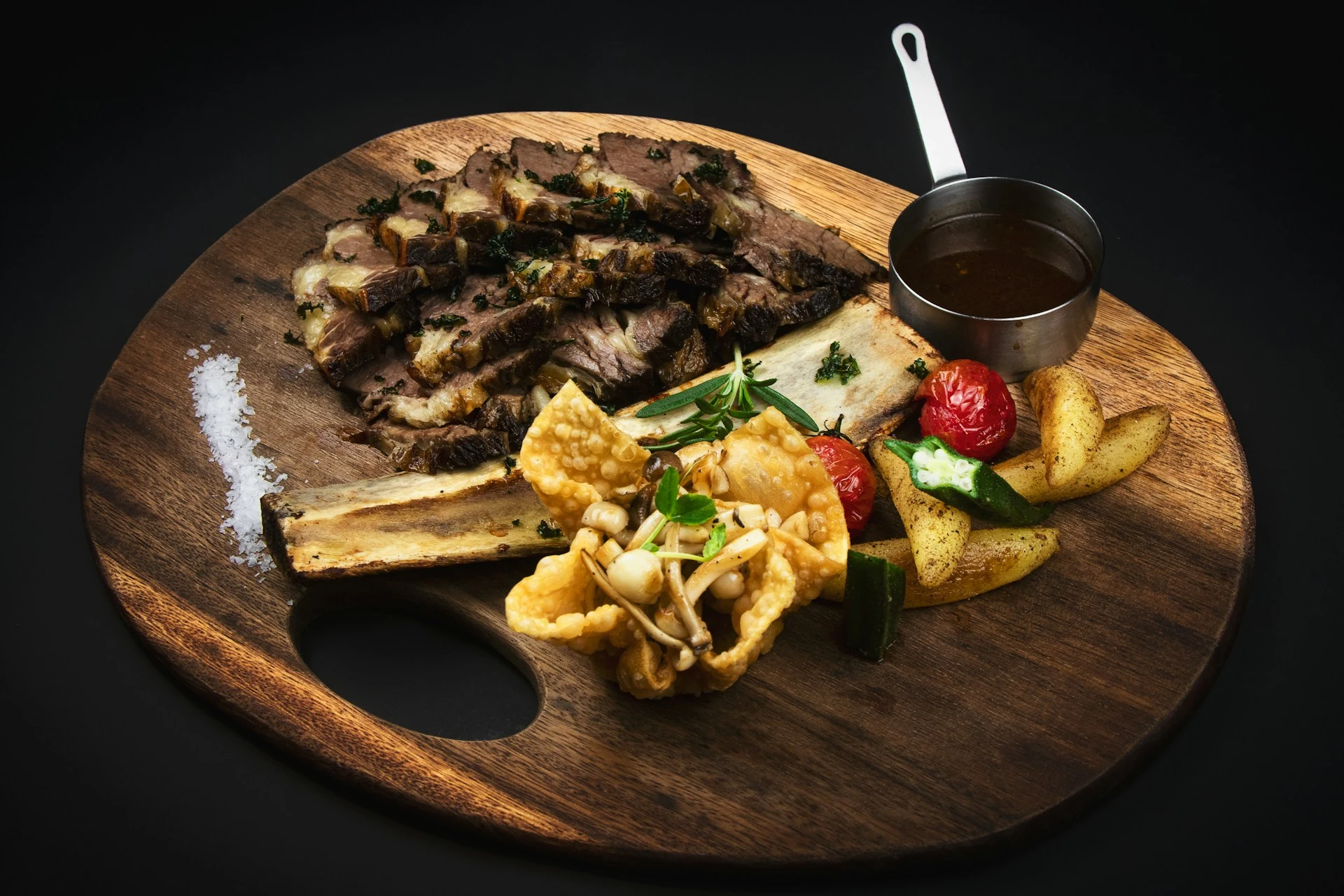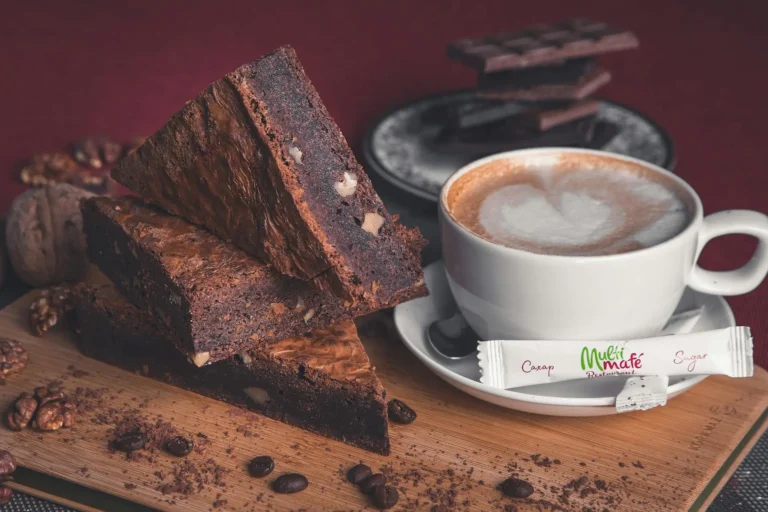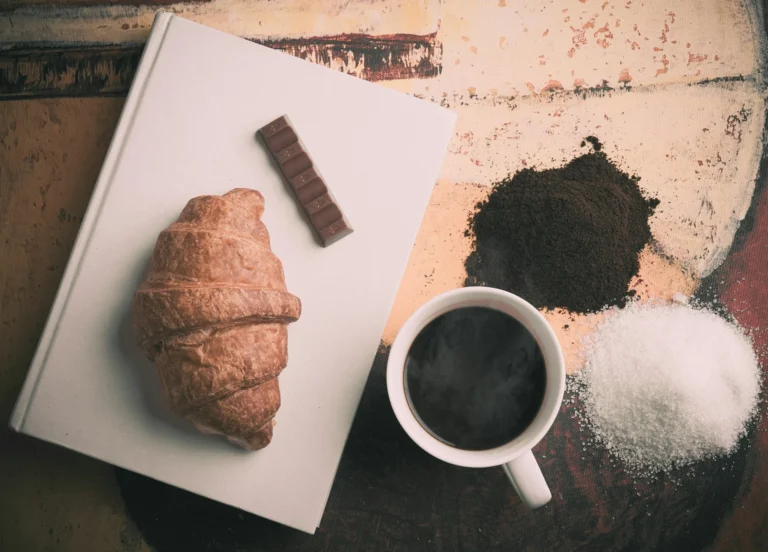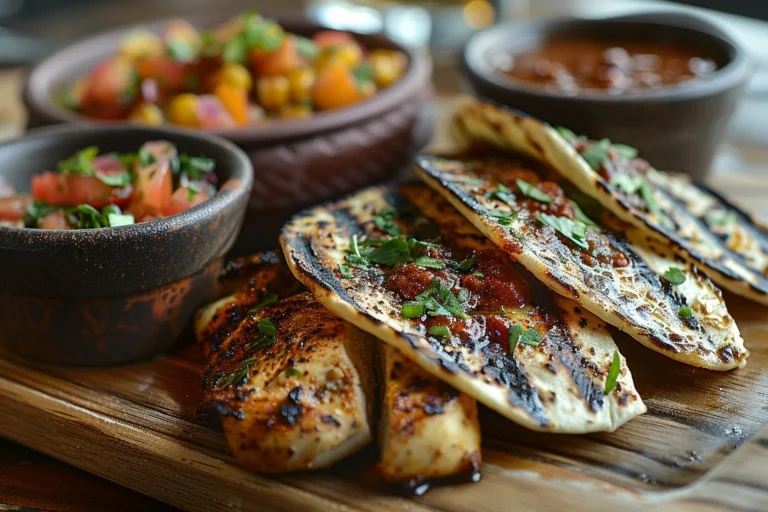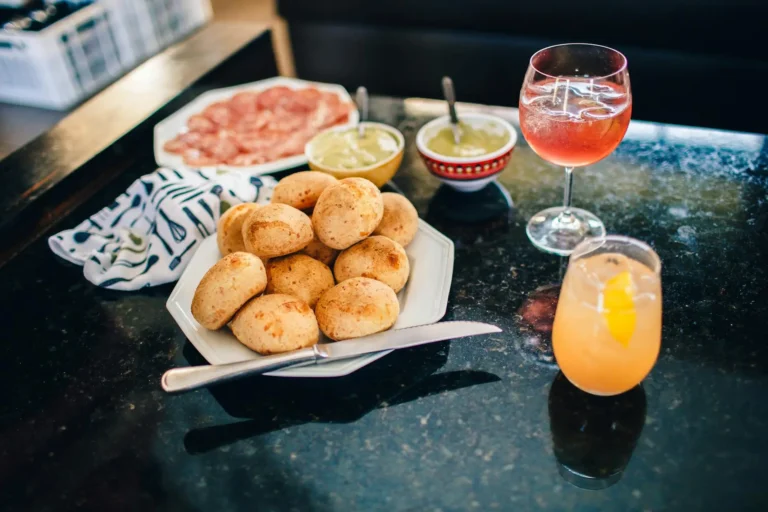A Taste of Asia: Pairing Chinese Cuisine with Green Tea
Chinese cuisine, however, is famous for being quite flavorful and diverse due to the use of rich ingredients while green tea is reputed for its subtle taste and health benefits. It combines both the flavor of food and tea to offer a dining experience that harmonizes perfectly well. This book will discuss how to pair Chinese cuisine with green tea by giving recommendations and tips on how to improve your meals.
01. Understanding Chinese Cuisine
1.1 Overview of Regional Chinese Cuisines
Each of these regions has their own unique flavors and ingredients:
- Cantonese: Known for its fresh ingredients & lightly-seasoned dishes.
- Sichuan: The region known for its spicy dishes full of bold flavors & Sichuan peppercorns.
- Hunan: Hot & sour dishes are characteristic of this region.
- Shanghai: Sweet and rich flavors are associated with Shanghai’s food culture.
1.2 Common Ingredients and Flavors
- Soy Sauce: Gives depth as well as umami in cooking.
- Ginger and Garlic: These two make good aromatic bases which add taste in food.
- Chili Peppers: Introduce heat and complexity into meals
- Rice and Noodles: They are basic carbohydrates used in most foods.
02. Exploring the Secrets of Green Tea
2.1 Types of Green Tea
The region where green tea is grown and the way it is processed are two factors that greatly affect its taste. Some popular types include:
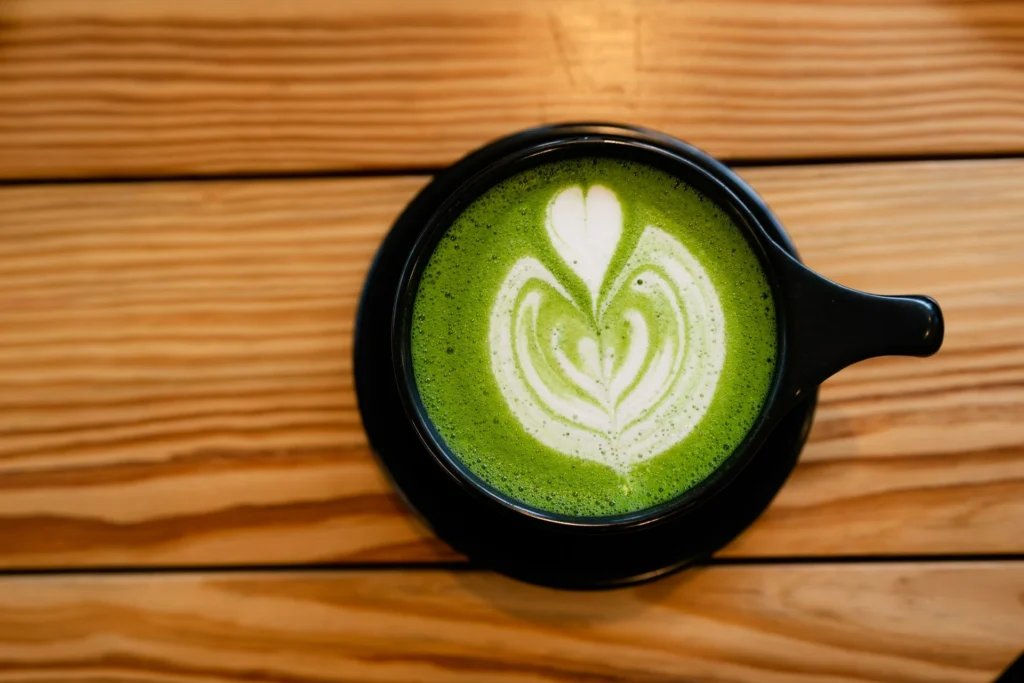
- Longjing or Dragon Well: a well-known Chinese green tea with a sweet, chestnut-like flavor.
- Biluochun: has a floral scent and tastes like fruit.
- Sencha: a Japanese tea with a slightly sweet, grassy taste.
- Matcha: finely milled Japanese green tea powder which has an umami rich flavor.
2.2 Health Benefits of Green Tea
Green tea contains antioxidants especially catechins that can enhance brain function, facilitate fat loss and reduce the risk of many diseases. It also has delicate taste that makes it perfect for drinking during meals with food.
03. Pairing Principles
3.1 Balancing Flavors
When pairing Chinese cuisine with green teas, you can either complement or contrast flavors. For example, you should choose crisp and light ones for fatty dishes whereas strong teas will go well with spicy foods.
3.2 Enhancing the Dining Experience
A good pairing can make eating more fun by highlighting specific flavours or textures found in both the food as well as the tea. It should be ensured that there is harmony among all components to maximize enjoyment.
3.3 Dim Sum and Longjing Tea
Longjing tea (the delicate, with a bit of sweetness) that goes well with dim sum’s variety of flavors. Whether you are eating dumplings or rolls that have been steamed, bun or any other type, the Longjing tea ensures that the subtle taste is very much alive without necessarily overshadowing it.
3.4 Kung Pao Chicken and Biluochun Tea
Biluochun tea’s combination of fruity and flora notes is just right for Kung Pao chicken’s strong and hot taste. This tea cools down the effect of spices on the tongue and tastes differently from the sauce.
3.5 Peking Duck and Sencha Tea
Sencha tea’s slight grassy sweetness matches nicely with Peking Duck’s rich savory flavor. The Asian green tea also helps cleanse the palate so as one can fully appreciate all the tastes in duck meat which has crispy skin.
3.6 Mapo Tofu and Matcha Tea
The robust, umami flavor of Matcha can stand up to spicy, numbing Mapo tofu. Moreover, its creamy texture contrasts nicely with heat coming from this dish.
04. Exploring Regional Pairings
4.1 Cantonese Cuisine and Jasmine Green Tea
Jasmine green tea is delicate and fragrant which goes well with Cantonese cuisine known for its light-tasting dishes. It adds an aroma and taste to steamed fish or dumplings without overpowering their essence.
4.2 Sichuan Cuisine and Gunpowder Green Tea
Gunpowder green tea pairs excellently with Sichuan cuisine, which is famous for its hot and spicy food. It has a strong smoky flavor that complements well the piquant tastes of such dishes as spicy hotpot and Dan Dan noodles.
4.3 Hunan Cuisine and Mao Feng Tea
The sweet notes of Mao Feng tea balance the hotness in Hunan province’s sour dishes, while the floral ones also help. The refreshing quality of the tea counteracts the intensely flavored meals.
05. Crafting the Perfect Green Tea
5.1 Choosing Quality Tea
The quality of green tea largely determines its taste and smell. Pick loose leaf high grade teas from reputable brands for optimal satisfaction.
5.2 Proper Brewing Techniques
One must use fresh filtered water at about 175°F (80°C) when preparing green tea since steeping it any longer will cause bitterness to prevail; instead brew it between 2-3 minutes to allow you fully enjoy its subtle flavors.
5.3 Suggestions of serving
To heighten the scent and taste, serve green tea in small preheated cups. You should avoid using milk or sugar which can hide the natural taste of tea.
06. Dinner Hosted by a Chinese Tea Pairing
6.1 Setting up the Environment
Create a cozy environment with traditional Chinese decorations, dim lighting and soft calming music playing at the background. For an enhanced dining experience, use classy tableware with teapots and cups.
6.2 Drafting of the Menu
This is important for guests who have different preferences because it allows offering diverse dishes as well as green tea options. Offer appetizers, main course meals and desserts to make it a full meal.
6.3 Interactive Components
You may also want to hold a tasting session where people can try various kinds of green tea, and learn about their individual flavors along with brewing methods.
07. Conclusion:
It is interesting to combine Chinese food with green tea thereby discovering the rich culinary traditions that China has. By understanding flavors better as well as experimenting with different combinations you will be able to create memorable eating experiences that highlight both food and drink perfectly. Whether you are hosting an event or enjoying dinner quietly at home, these selected pairings give your table added style and taste sophistication.
08. Frequently Asked Questions
01. Can I match green tea with green Chinese dishes?
Yes, you can pair green tea with vegetarian items like stir-fry vegetables, tofu and vegetable dumplings; the principles of taste balancing and mingling textures still hold.
02. What if I would rather not take caffeine drinks?
You may choose non-caffeinated herbal teas like chrysanthemum tea that pairs well with Chinese food and is similarly refreshing in nature.
03. Are there any specific types of green teas for desserts?
Surely, sweetened green teas such as Jasmine or Matcha can blend well with mooncakes or red bean buns which are Chinese desserts.
04. How do I make my green tea tastier?
Thus, using only fresh high quality leaves to brew at the correct temperature will work best. Be careful not to steep it too long so that it doesn’t become bitter.
05. Which type of teapot is suitable for brewing Green Tea?
Better use a glass or ceramic teapot when preparing green tea as it allows even heat distribution and does not retain flavor from prior brews.

